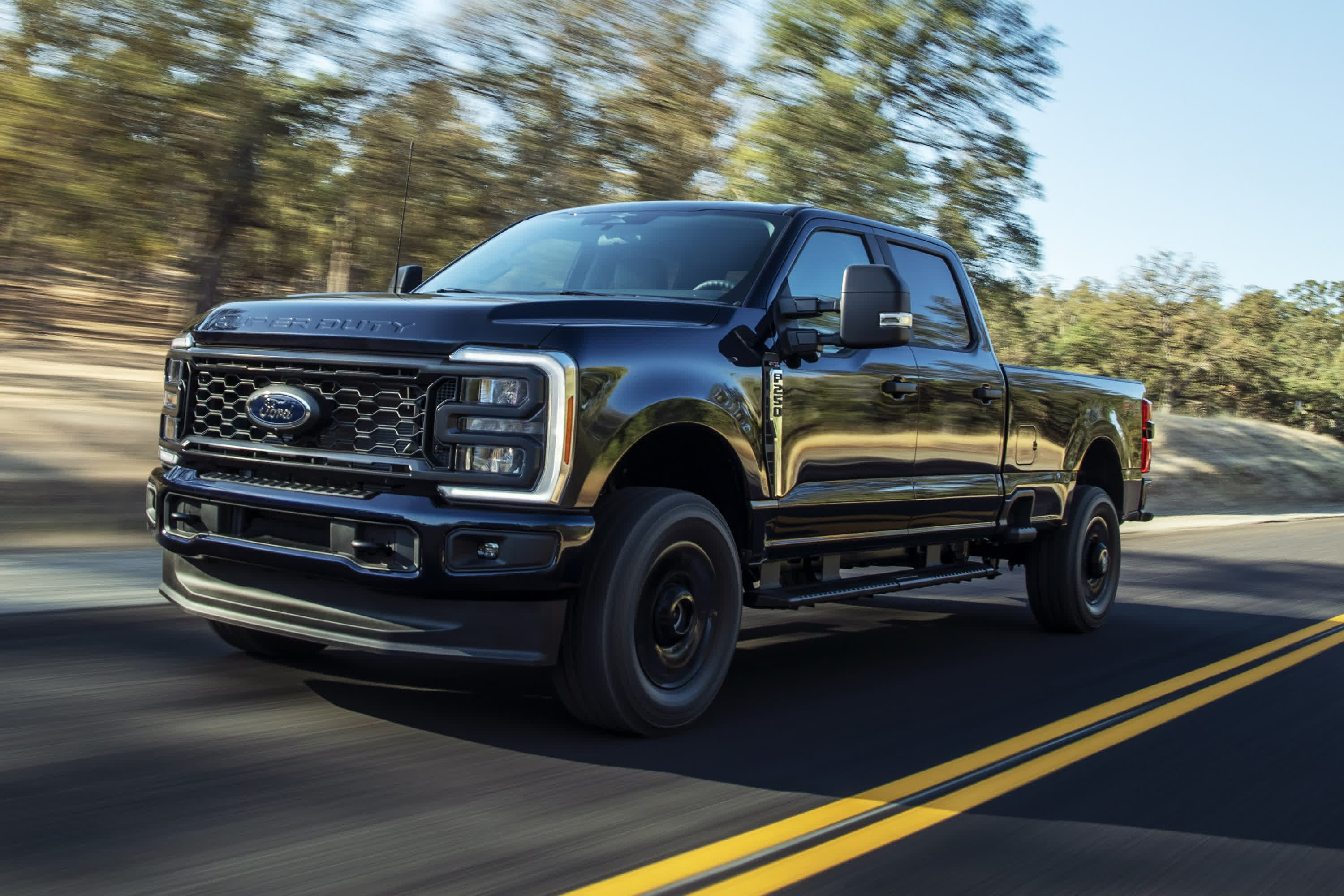In context: Cars continue to grow bigger even as household sizes have shrunk in the US. Low-slung station wagons and sedans are all but extinct as automakers double down on larger, taller vehicles; SUVs and pickups have swelled from just over half of new sales in 2013 to a staggering four out of every five new cars sold today. Ford, which kicked off automotive mobility with the Model T, doesn't even offer a sedan in its US lineup anymore.

While bigger cars are inherently safer for passengers, they pose a massive risk to pedestrians. Taking this into account, the National Highway Traffic Safety Administration (NHTSA) introduced a new proposal that could put the brakes on the bigger-is-better craze. For the first time ever, they want to make automakers design cars with "pedestrian protection" in mind, as spelled out in a 280-page rulebook.
The proposal would add head-to-hood impact testing to NHTSA's huge book of Federal Motor Vehicle Safety Standards. Manufacturers would have to prove their cars can survive colliding with adult- and kid-sized crash test dummies, without causing massive head trauma. If they can't cut it, well, the car would have to be redesigned.
"This proposed rule will ensure that vehicles will be designed to protect those inside and outside from serious injury or death. We will continue to work to make our roads safer for everyone and help protect vulnerable road users," said Sophie Shulman, NHTSA's Deputy Administrator.

NHTSA says these changes would save up to 67 lives annually, which may sound like a small number, considering the sheer number of annual pedestrian deaths in the US. Despite so many driver-assist and self-driving technologies making it into cars in recent years, fatalities spiked 57% from 2013 to 2022, hitting over 7,500 per year. 88% of those were single pedestrian-vehicle incidents.
The culprit is, of course, vehicular gigantism. Between 2013 and 2023, the average vehicle's dimensions grew by 12% in length and over 17% in width, according to the University of Michigan's Transportation Research Institute. Automakers have been answering the demand for larger trucks and SUVs, but pedestrian safety has been just an afterthought.
Research indicates the potential for pedestrian deaths skyrockets as hoods get taller and front ends get stubbier. Vehicles with hood heights over 40 inches and steep front slopes were 44% more likely to kill pedestrians they hit. However, carmakers have mostly turned a deaf ear to these issues since SUVs sell for significantly higher prices despite being just a little pricier to manufacture than small cars.
If approved, NHTSA's updated standards could put some desperately needed guardrails on the vehicular upsize race. For the first time, authorities are addressing the root cause instead of just the symptoms.
Oversized trucks and SUVs targeted in the US by new safety proposal
